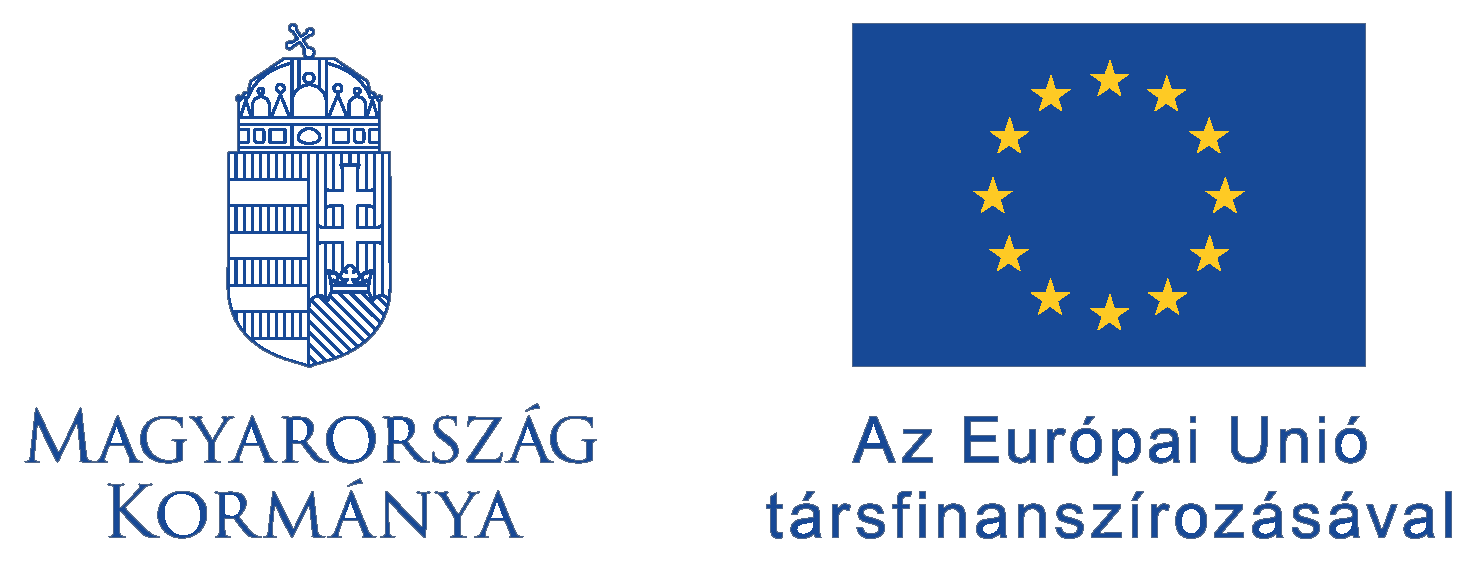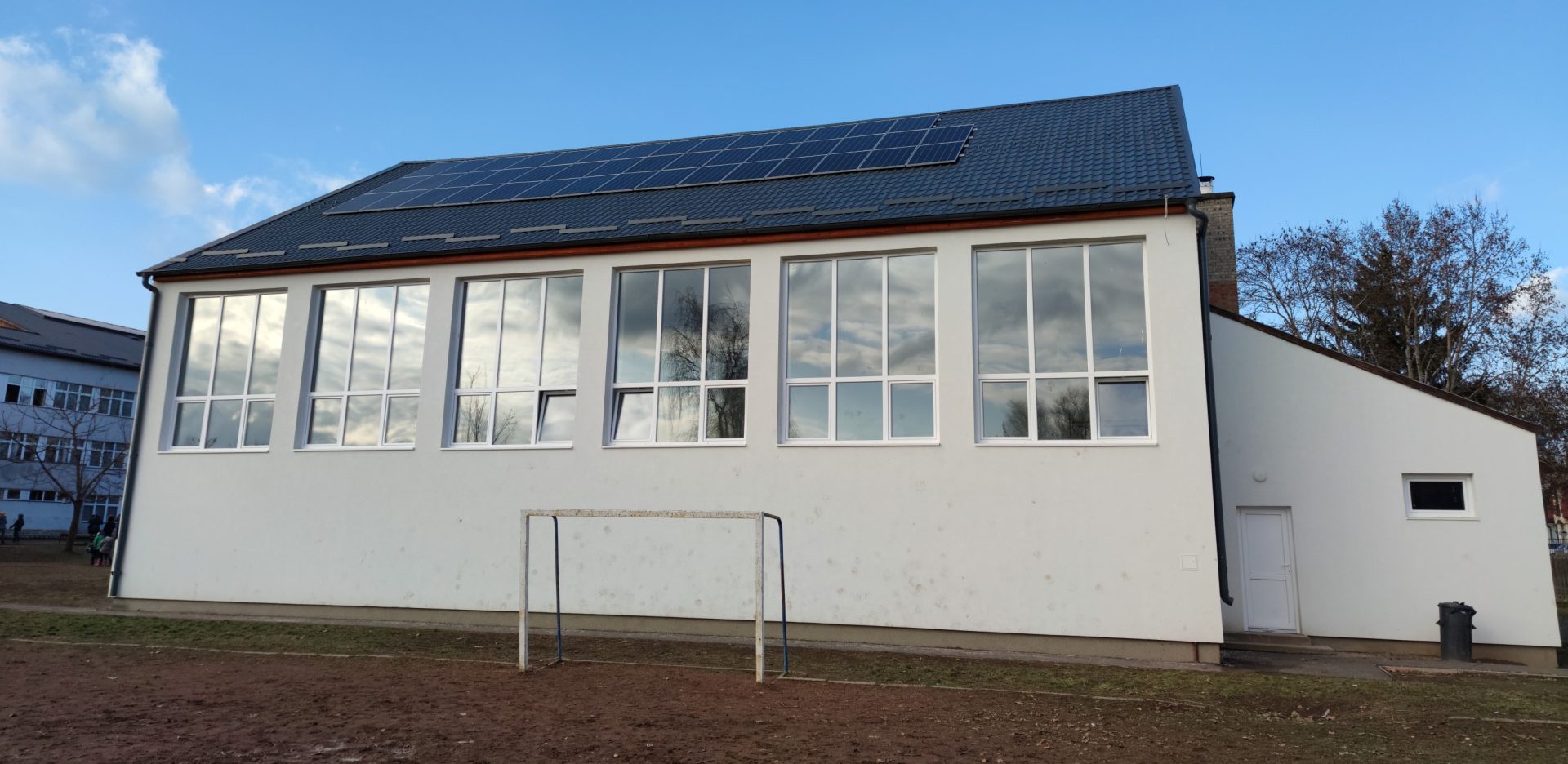The improvement of diagnostic and medical laboratory network infrastructure, funded by resources from the 2014–2020 EU programming period, makes healthcare diagnostics and services more efficient. Directed by the National Directorate General for Hospitals, the investment has resulted in reduced waiting times for patients in healthcare facilities and improved cost-effectiveness of the healthcare system.
Good quality healthcare services cannot be ensured today without proper infrastructure and modern technology. Therefore, the National Directorate General for Hospitals set out to improve the efficiency of healthcare diagnostics, which contributes to improving quality of life, social inclusion, positively influencing the perception of institutions, and enhancing societal security. The developments realized within the project also contribute to effective coordination and collaboration between institutions, promoting progressive patient care, and making more services available to the population.
To achieve more effective treatment and cost-effective diagnostics, two modern methodologies were developed within the project. One describes a laboratory test request practice that improves the effectiveness of patient care, while the other ensures the establishment of a nationwide system for blood sampling close to the population. The related curriculum development indirectly supports quality assurance, as well as laboratory consultant training conducted in two rounds at four locations with 288 and 252 participants, respectively.
In addition to the above, as part of the investment that concluded in October 2023, a total of 43 institutions’ autopsy rooms and associated support facilities have been renovated, and the working conditions of specialist staff have improved. As a result of the developments, a dignified environment is available for the relatives of the deceased. Furthermore, the National Directorate General for Hospitals has installed 1,576 IT devices at 40 locations, acquired and delivered 655 pathological equipment.
Additionally, the National Directorate General for Hospitals has created the Pathological Informatics System (PIR) to make the workflow of pathology departments more flexible. With this development, it becomes possible to electronically track pathological samples and workflows, as well as to electronically record findings and other microscopic techniques.
Modern pneumatic tube systems have been installed at eight locations (Győr, Kecskemét, Miskolc, Nyíregyháza, Szolnok, Veszprém, Zalaegerszeg, and Szekszárd), providing a connection between various departments and the central laboratory within hospital buildings, offering an optimal logistical solution for rapid, economical, and reliable material transport.
The equipment developments realized within the project enable faster and more accurate diagnoses, reduce the number of tests performed, and shorten the time for issuing findings, which are prerequisites for cost-effective diagnostics and successful medical treatment.
The development was implemented from EU funding in the project EFOP-2.2.0-16-2016-00007 under the Human Resource Development Operational Program.
Find out more about the project in the Project Finder:Details









